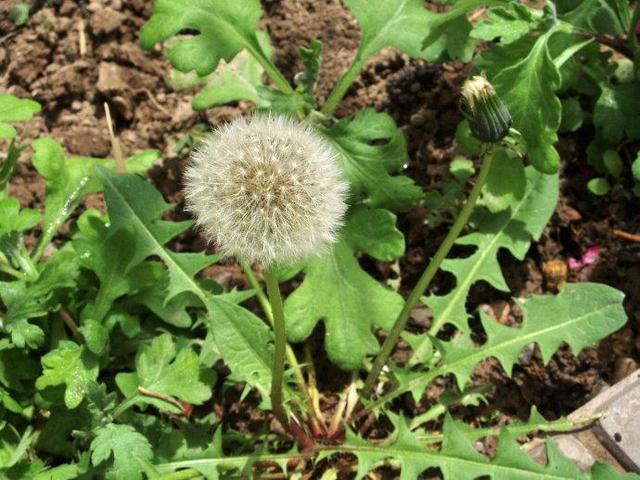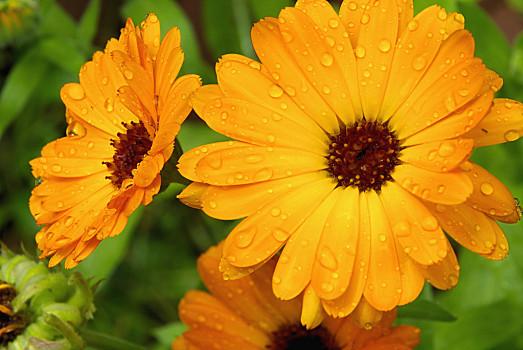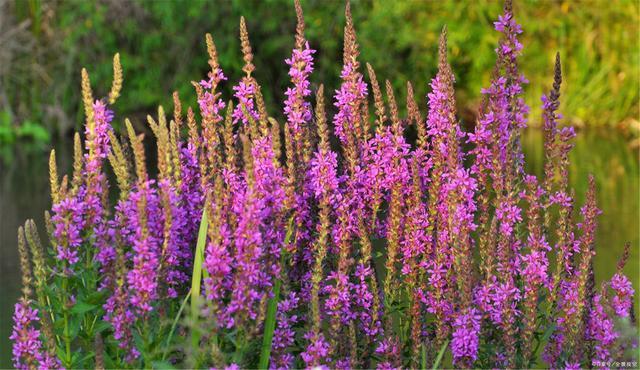Byblis, also known as the Rainbow Plant, has an intriguing story. According to ancient Greek mythology, Byblis was a nymph who fell deeply in love with her twin brother, Caunus. However, her love was unrequited. Overwhelmed by her emotions, Byblis wept endlessly, and her tears turned into sparkling multicolored droplets, which became known as the Rainbow Plant. This fascinating plant serves as a reminder of the complexities of love and the power of nature’s transformations.
Picture
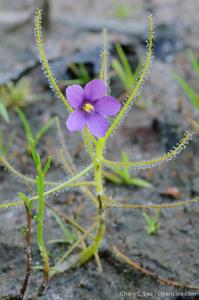
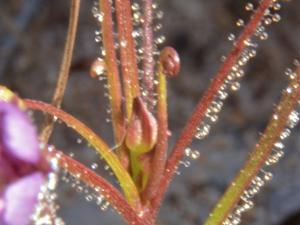
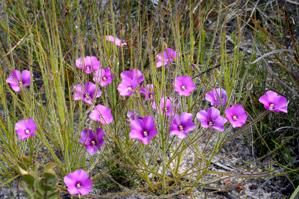
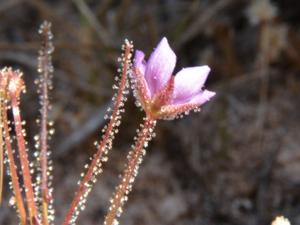
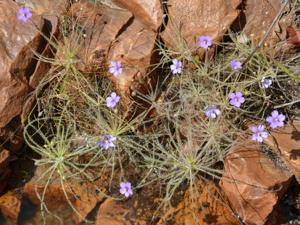
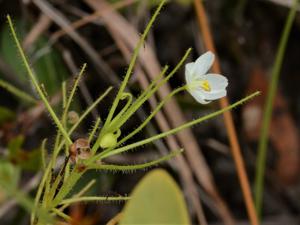
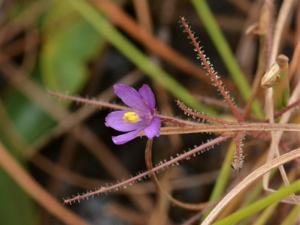
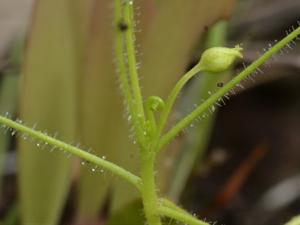
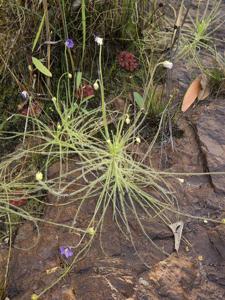
Plant some seeds now!
Short Description
Byblis (/ˈbɪblɪs/ BIB-liss) is a small genus of carnivorous plants, sometimes termed the rainbow plants for the attractive appearance of their mucilage-covered leaves in bright sunshine. Native to Australia and New Guinea, it is the only genus in the family Byblidaceae. The first species in the genus was described by the English botanist Richard Anthony Salisbury in 1808. Eight species are now recognised (see below).
Byblis species look very similar to Drosera and Drosophyllum, but are distinguished by their zygomorphic flowers, with five curved stamens off to one side of the pistil. These genera are in fact not closely related; modern classifications place Byblis in the Lamiales, while the sundews and Drosophyllum are now placed in the Caryophyllales.

